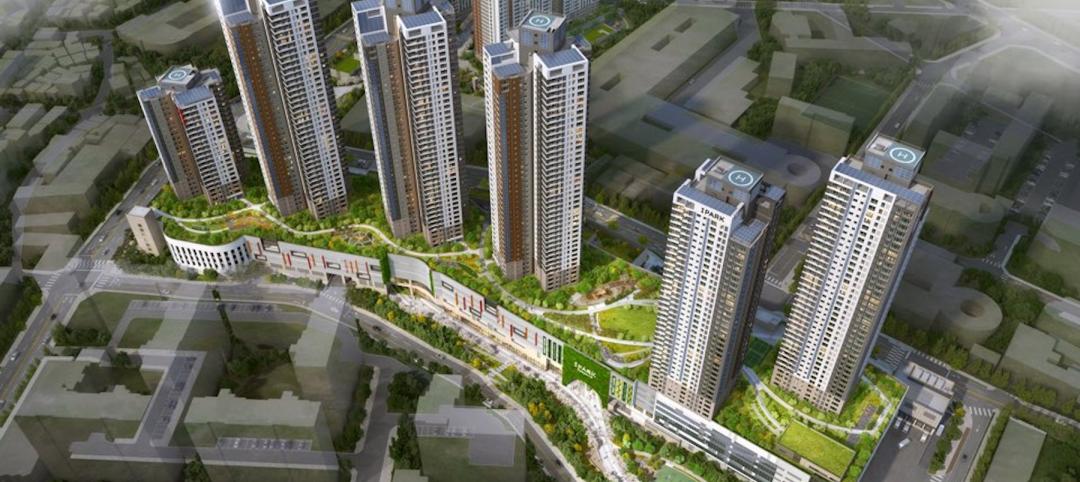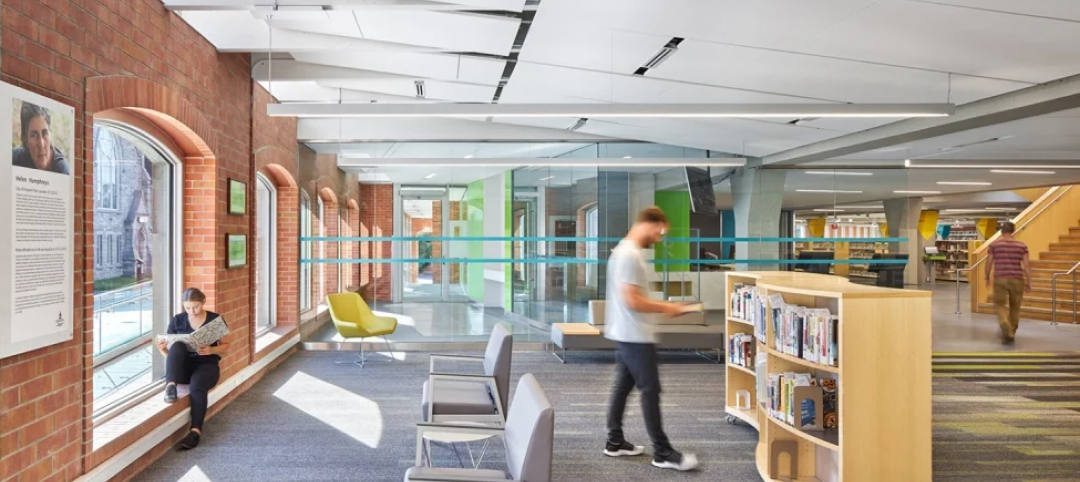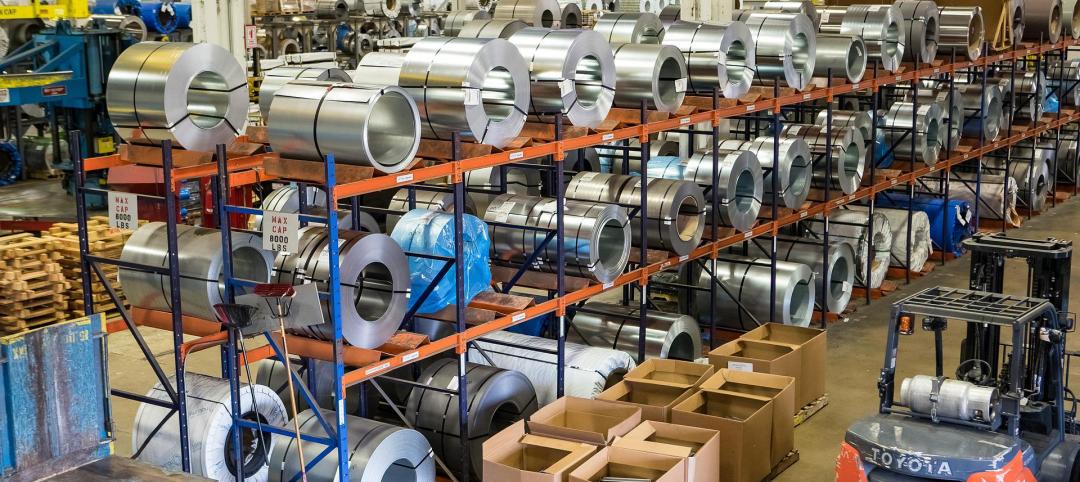With over fifty percent of the population already living in urban areas, cities must grapple with the potentially catastrophic effects of climate change (think: Superstorm Sandy in New York). In a new report, Jones Lang LaSalle (JLL) has identified steps cities can take to make their infrastructure more resilient to changing climate conditions.
“Cities can learn from each other in how to become resilient in the face of extreme weather events caused by climate change,” said Dan Probst, Chairman of Energy and Sustainability Services at JLL. “That means future-proofing every aspect of the city, including flood protection as sea levels rise, and rethinking infrastructure, electrical grids, food supplies, healthcare, telecommunications, transportation, water, waste management and more.”
The report, Global Sustainability Perspective, provides real-world examples of resiliency-building efforts in New York City and other major cities around the globe, focused on four themes: the importance of resiliency rising as population increases; flood protection; sustainable neighbourhoods; and inter-city idea exchange.
As the population increases, so must resiliency:
In most cases, the effects of the most catastrophic events can be curbed when cities increase the resiliency of their systems and infrastructure. To future-proof a city in this way, leaders can use The Rockefeller Foundation’s definition of urban resiliency as a roadmap. The foundation defines a resilient city as one with spare capacity and backups for key systems; flexibility to adapt and evolve as the climate changes; limited risk to contain the effects of an infrastructure system component failure; and rapid rebound following a disruption. By addressing these aspects of resiliency cities can mitigate the risks of natural disasters.
Flood prevention is population protection:
Discussions on future-proofing an urban environment cannot exclude the devastating effects of flooding, resulting from the many types of storms. A recent Nature Climate Change report predicts that the average worldwide cost of urban flooding will rise to US$60 billion in 2050 if cities invest in adaptation strategies—and as much as US$1 trillion if they do not.
Other ways cities are attacking flood prevention: Mumbai has deepened and widened its major rivers, built new pumping stations to discharge storm water to the sea, and installed flow gauges upriver to provide early flood warning. The Netherlands—long reliant on dikes, dams, locks and storm surge barriers—is allowing nature to reclaim some flood-prone areas, while Venice is constructing a movable tidal barrier system to close water inlets during high tides. Kuala Lumpur is investing more than US$645 million to construct a floodwater tunnel, flood retention ponds and a high-volume drainage system.
Sustainable neighborhoods are the backbone of resilient cities:
Micro-communities such as neighborhoods and districts can add huge impact – particularly in preparing for, and responding to climate change events. A new North American cities initiative, “2030 District,” is helping cities focus on geographically defined downtown areas and pursue district-wide targets for conserving energy and water and reducing vehicle emissions. The 2030 Districts are at the forefront of regional and national grassroots efforts to create strong environmental partnerships, coalitions and collaboration around ambitious, measurable goals at the local level.
Seattle, Los Angeles, Pittsburgh and Cleveland are among the participants to date, with nine other cities expected to join shortly.
Inter-city partnerships: sharing sustainability ideas drives resiliency:
Some cities are sharing knowledge to improve resiliency for all. The C40 Cities ClimateLeadership Group, for example, brings together city leaders to share best practices for sustainable action on climate change, such as car-free days and disclosure of buildings’ energy efficiency ratings. Another effort, the Better Buildings Partnership(BBP), creates partnerships between landlords, tenants, government leaders and sector partners to improve the sustainability performance of buildings. Sydney, London and Toronto are current participants, each benefiting from shared learnings about quantifiable actions toward greater resiliency and sustainability.
Related Stories
Multifamily Housing | Jun 21, 2022
Two birds, one solution: Can we solve urban last-mile distribution and housing challenges at the same time?
When it comes to the development of both multifamily housing and last-mile distribution centers, particularly in metropolitan environments, each presents its own series of challenges and hurdles. One solution: single-use structures.
Libraries | Jun 21, 2022
Kingston, Ontario, library branch renovation cuts energy use to 55% of benchmark
A recent renovation of the Kingston (Ontario) Frontenac Public Library Central Branch greatly boosted energy and water efficiency while making the facility healthier and safer.
Building Materials | Jun 20, 2022
Early-stage procurement: The next evolution of the construction supply chain
Austin Commercial’s Jason Earnhardt explains why supply chain issues for the construction industry are not going to go away and how developers and owners can get ahead of project roadblocks.
Healthcare Facilities | Jun 20, 2022
Is telehealth finally mainstream?
After more than a century of development, telehealth has become a standard alternative for many types of care.
Building Team | Jun 20, 2022
Andres Caballero Appointed President of Uponor North America
Uponor Corporation (Uponor) has named Andres Caballero president of its Building Solutions – North America division and a member of the Executive Committee at Uponor.
Building Team | Jun 17, 2022
Data analytics in design and construction: from confusion to clarity and the data-driven future
Data helps virtual design and construction (VDC) teams predict project risks and navigate change, which is especially vital in today’s fluctuating construction environment.
Sports and Recreational Facilities | Jun 17, 2022
U. of Georgia football facility expansion provides three floors for high-performance training
A major expansion of the University of Georgia’s football training facility has been completed.
Building Team | Jun 16, 2022
Hybrid work expected to reduce office demand by 9%
Businesses are slowly but consistently transitioning to a permanent hybrid work environment, according to a senior economist at Econometric Advisors.
Building Team | Jun 16, 2022
USGBC announces more than 23 million square feet of LEED certified net zero space
Today, the U.S. Green Building Council announced nearly 100 net zero certifications earned under the LEED Zero program, representing more than 23 million square feet of space.
AEC Business Innovation | Jun 15, 2022
Cognitive health takes center stage in the AEC industry
Two prominent architecture firms are looking to build on the industry’s knowledge base on design’s impact on building occupant health and performance with new research efforts.

















